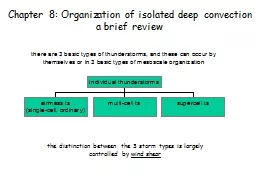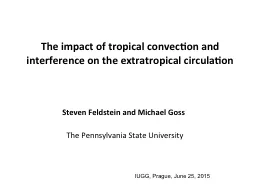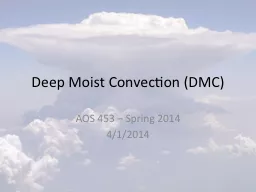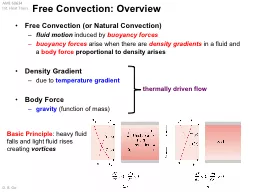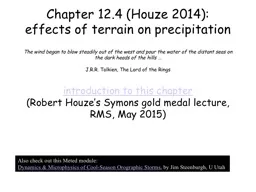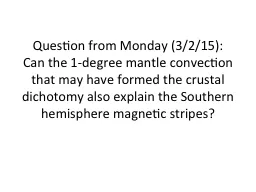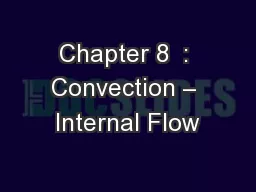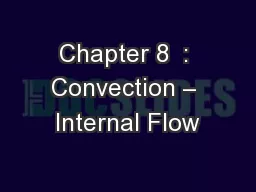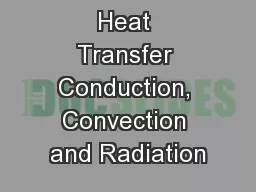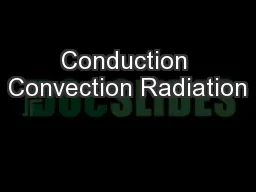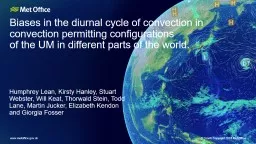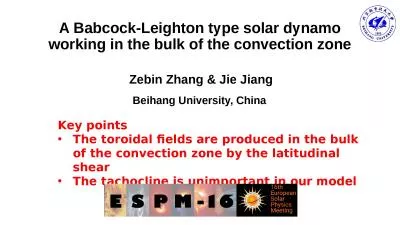PPT-Chapter 8: Organization of isolated deep convection
Author : tawny-fly | Published Date : 2016-07-28
a brief review the distinction between the 3 storm types is largely controlled by wind shear 81 The role of wind shear bulk Richardson number weak shear strong
Presentation Embed Code
Download Presentation
Download Presentation The PPT/PDF document "Chapter 8: Organization of isolated deep..." is the property of its rightful owner. Permission is granted to download and print the materials on this website for personal, non-commercial use only, and to display it on your personal computer provided you do not modify the materials and that you retain all copyright notices contained in the materials. By downloading content from our website, you accept the terms of this agreement.
Chapter 8: Organization of isolated deep convection: Transcript
Download Rules Of Document
"Chapter 8: Organization of isolated deep convection"The content belongs to its owner. You may download and print it for personal use, without modification, and keep all copyright notices. By downloading, you agree to these terms.
Related Documents

